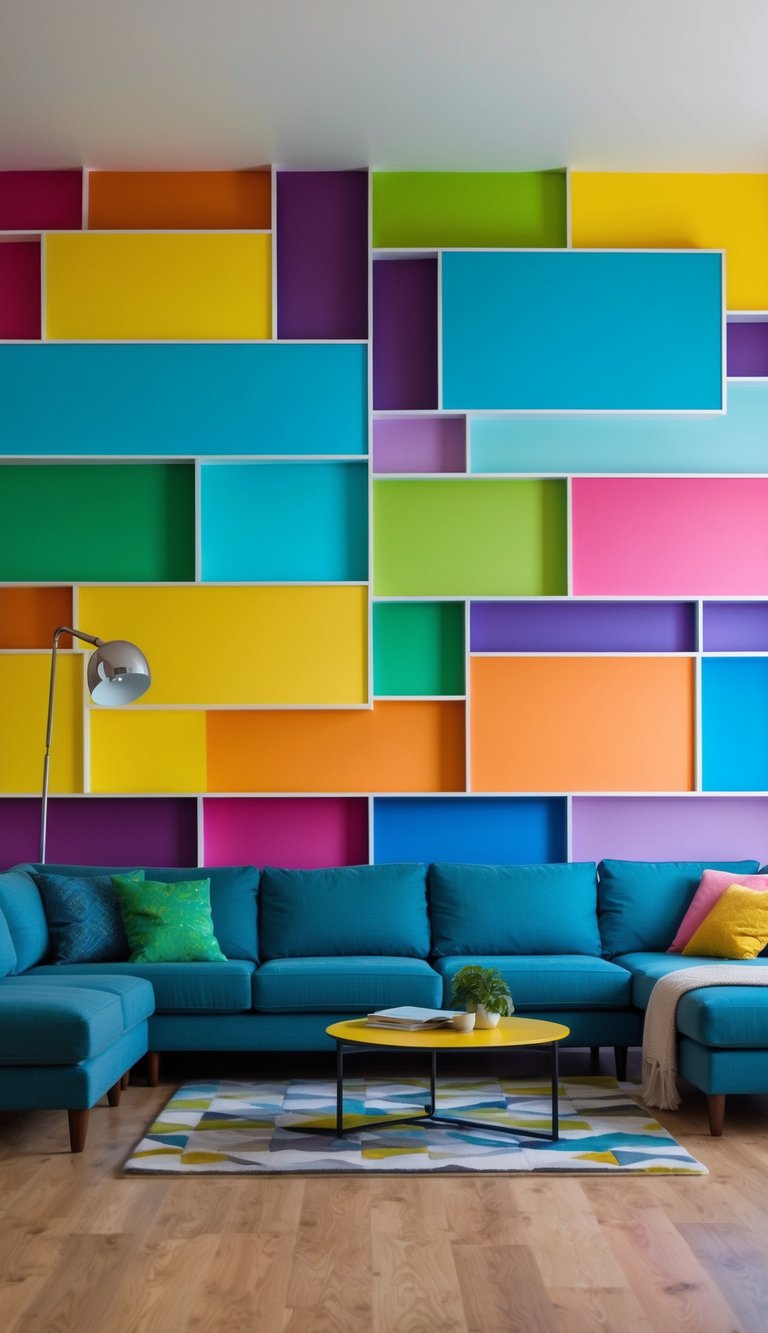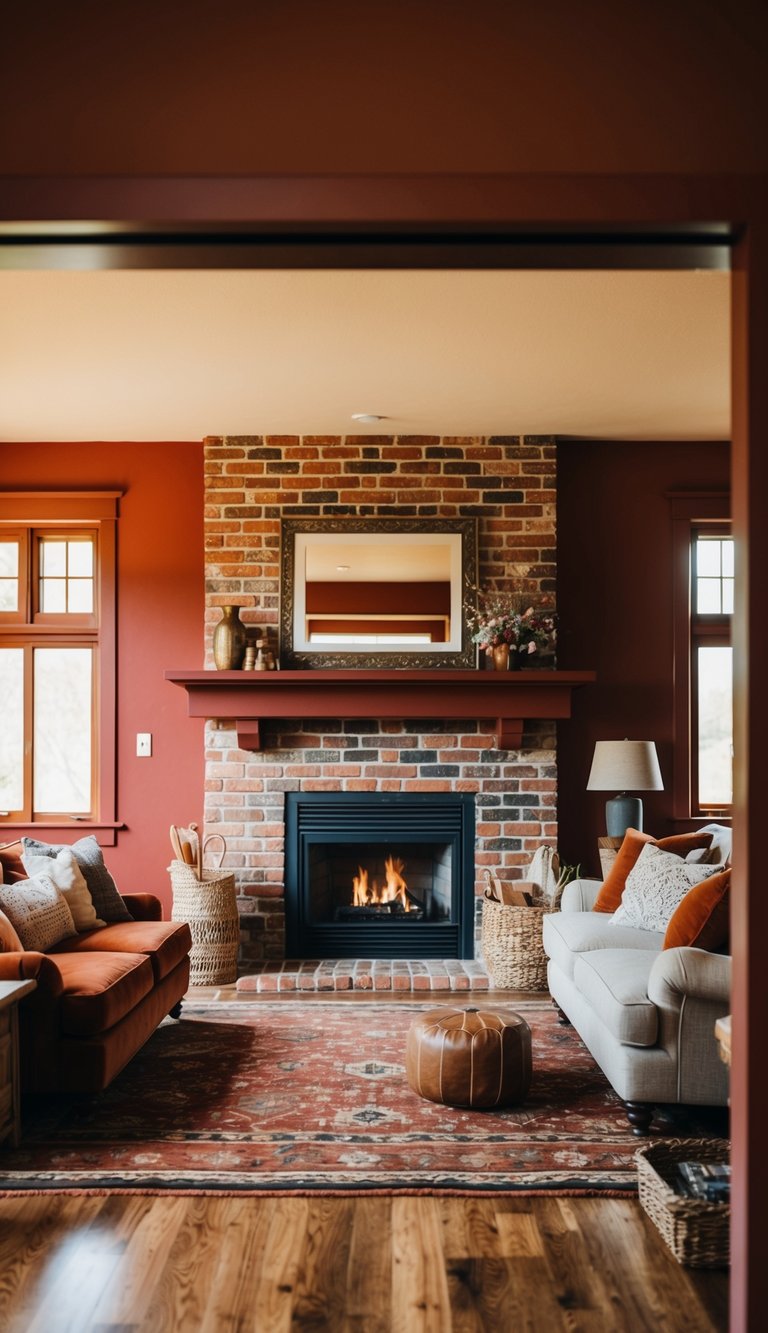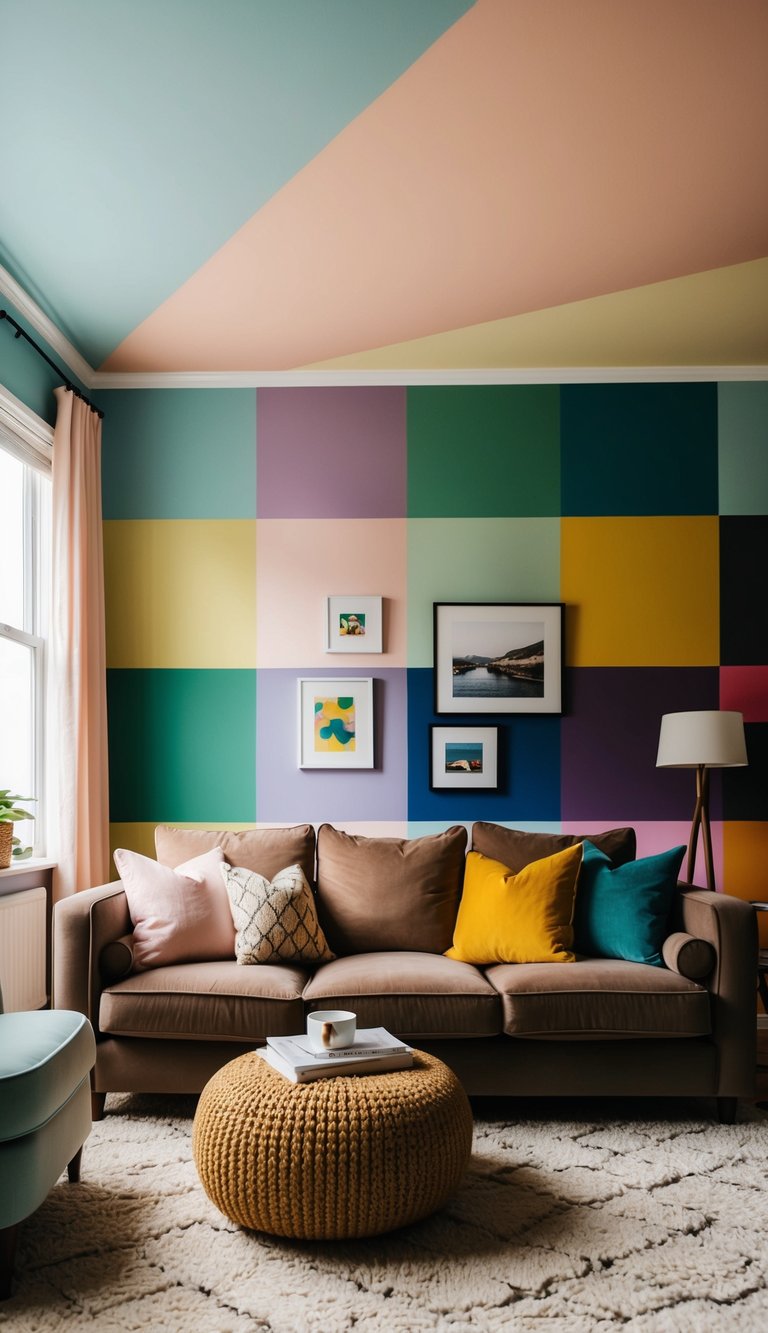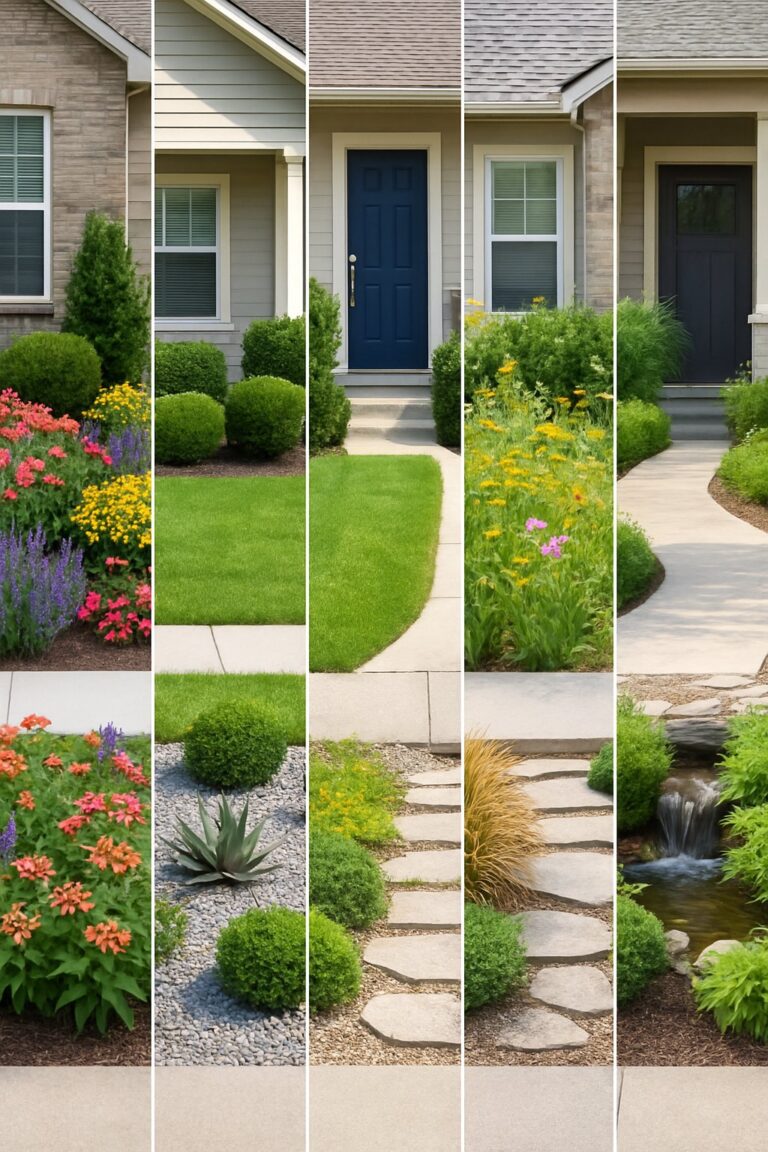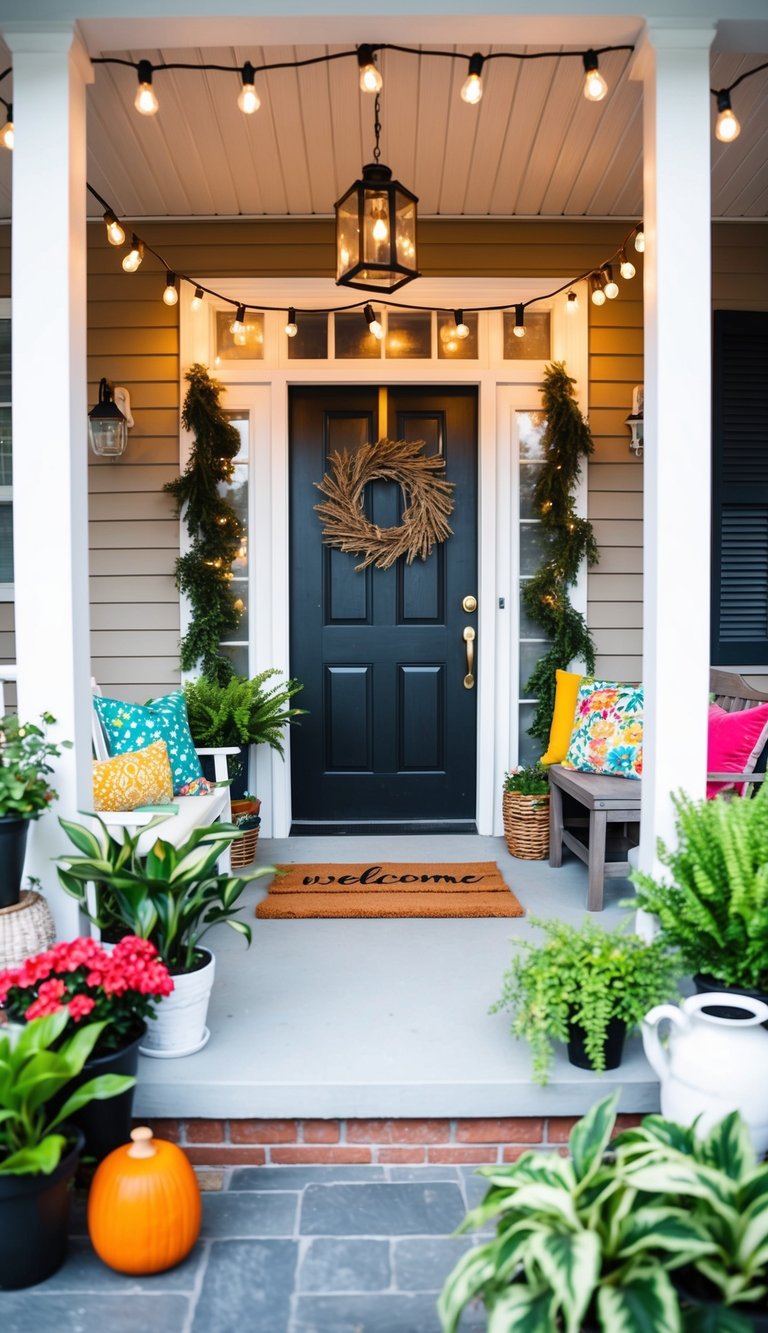Picking a paint color for your dining room might seem tricky, but it’s actually a fun way to show off your style. These dining room paint color ideas can make your space feel cozy for family dinners or fancy for special occasions. Choosing the perfect dining room color can transform not just the look of your space, but also the mood and energy of your mealtime gatherings.
Whether you’re into bold, dramatic shades or soft, neutral tones, there are plenty of options to match your taste and furniture. Paint is one of the easiest and most affordable ways to update your dining area without a complete renovation. With some inspiration and a few sample colors, you can create a dining room that feels just right for your home.
1) City Loft SW 7631
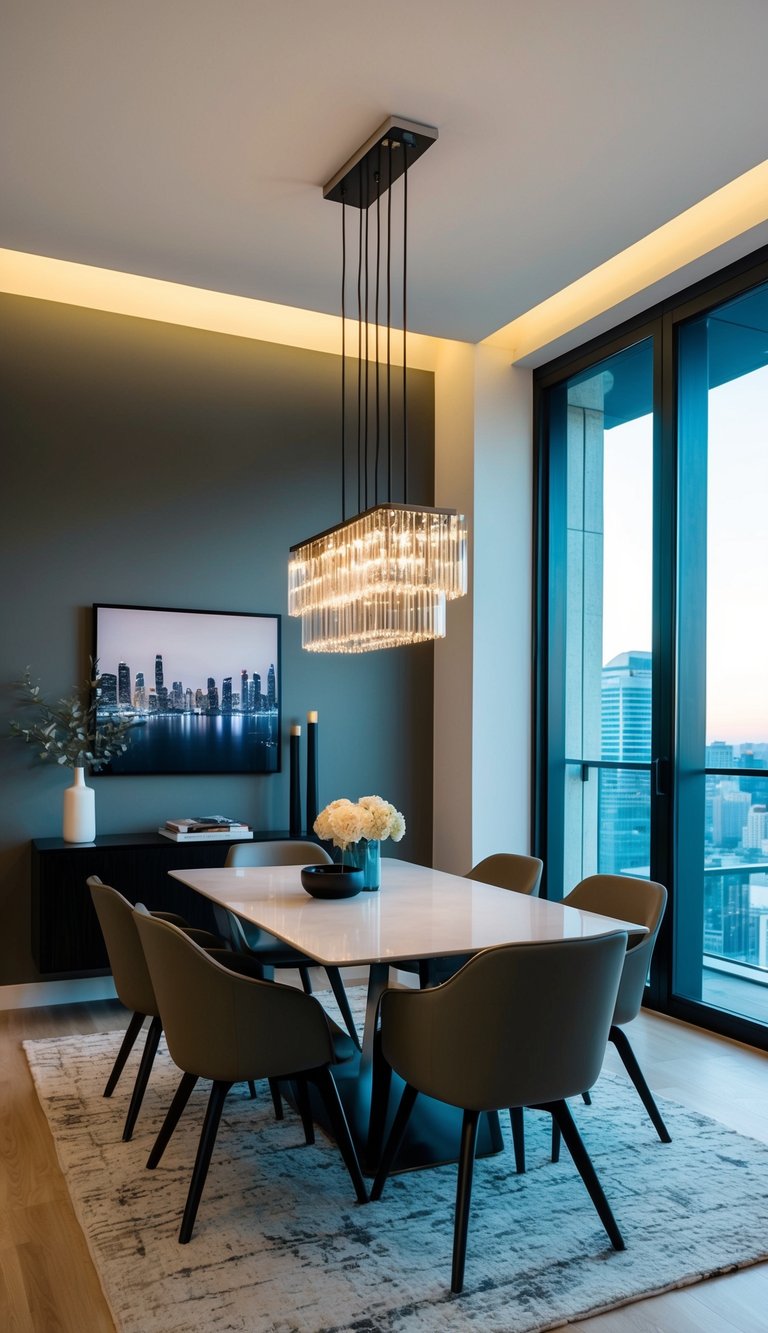
City Loft is a versatile paint color that brings warmth to your dining room. It sits between warm gray and taupe, with subtle beige and red undertones that create an inviting atmosphere.
This shade works especially well in larger, open dining spaces that need to feel more cozy. The soft, light gray tone provides a tranquil backdrop for your dining furniture and decor without overwhelming the space.
Search for Dining Room Paint Color Ideas at Amazon
You’ll find City Loft pairs beautifully with many accent colors. Sea Salt creates a calm combination, while deeper shades like Urbane Bronze or Iron Ore can add rich, grounding elements to your dining room.
Think of City Loft as your neutral canvas that still has character. It’s not a stark white or a bold color statement, but rather a sophisticated in-between that adapts to different lighting conditions.
Your dining room will feel both modern and timeless with this color. It’s light enough to make the space feel open yet warm enough to create comfort during meals with family and friends.
2) Aleutian SW 6241
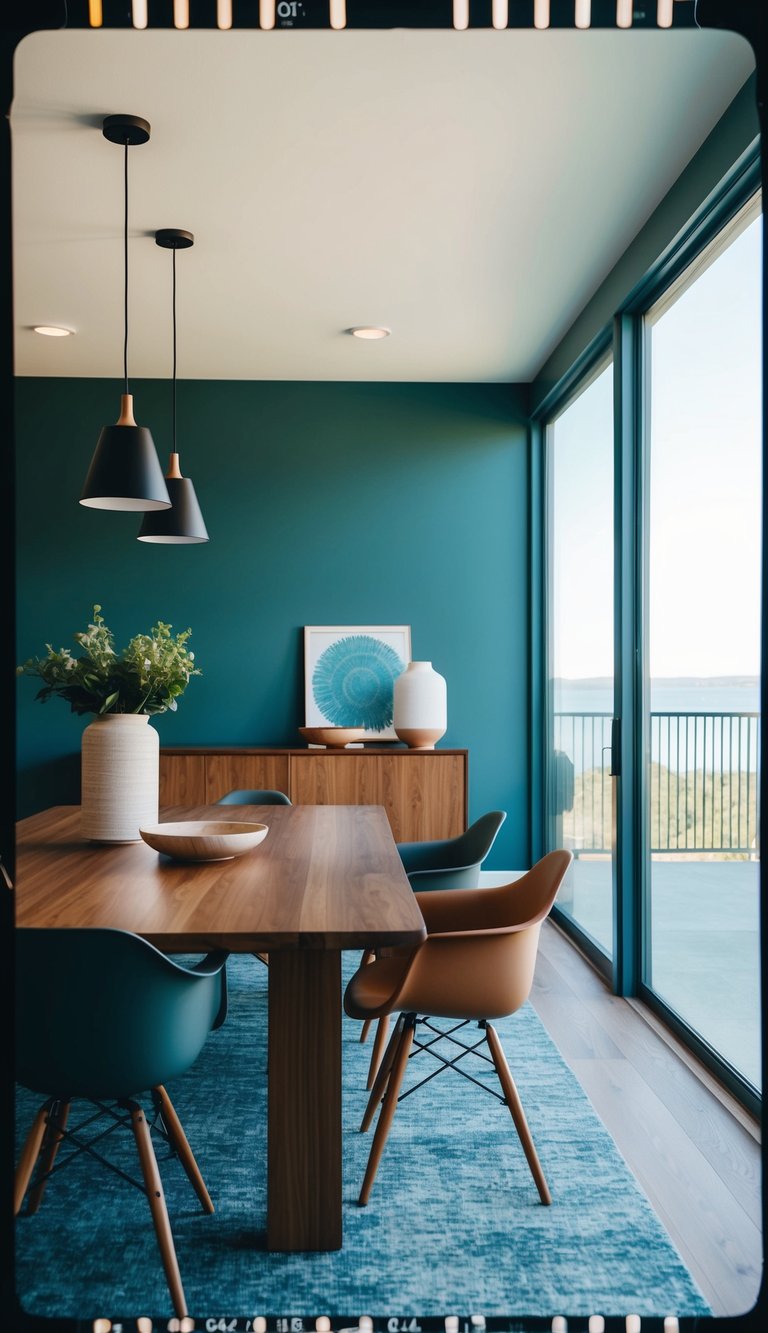
Aleutian is a gorgeous cool denim blue from Sherwin-Williams that brings a calm vibe to your dining space. It’s like a darkening sky at dusk, creating a peaceful atmosphere for your meals and gatherings.
This color works wonderfully in dining rooms where you want a bit of color without overwhelming the space. The blue tone is sophisticated yet relaxed, making it perfect for both formal dinners and casual breakfasts.
Aleutian pairs well with white trim for a crisp look. You can also match it with natural wood tones to create a cozy, inviting dining area where friends and family will love to linger.
For a modern feel, try combining Aleutian with industrial elements like metal chairs or pendant lighting. The coolness of the blue balances perfectly with warmer metals like brass or copper.
This shade is versatile enough to work in different lighting conditions. It appears more vibrant during daytime meals and shifts to a deeper, more intimate blue for evening dinner parties.
3) Taiga SW 9654
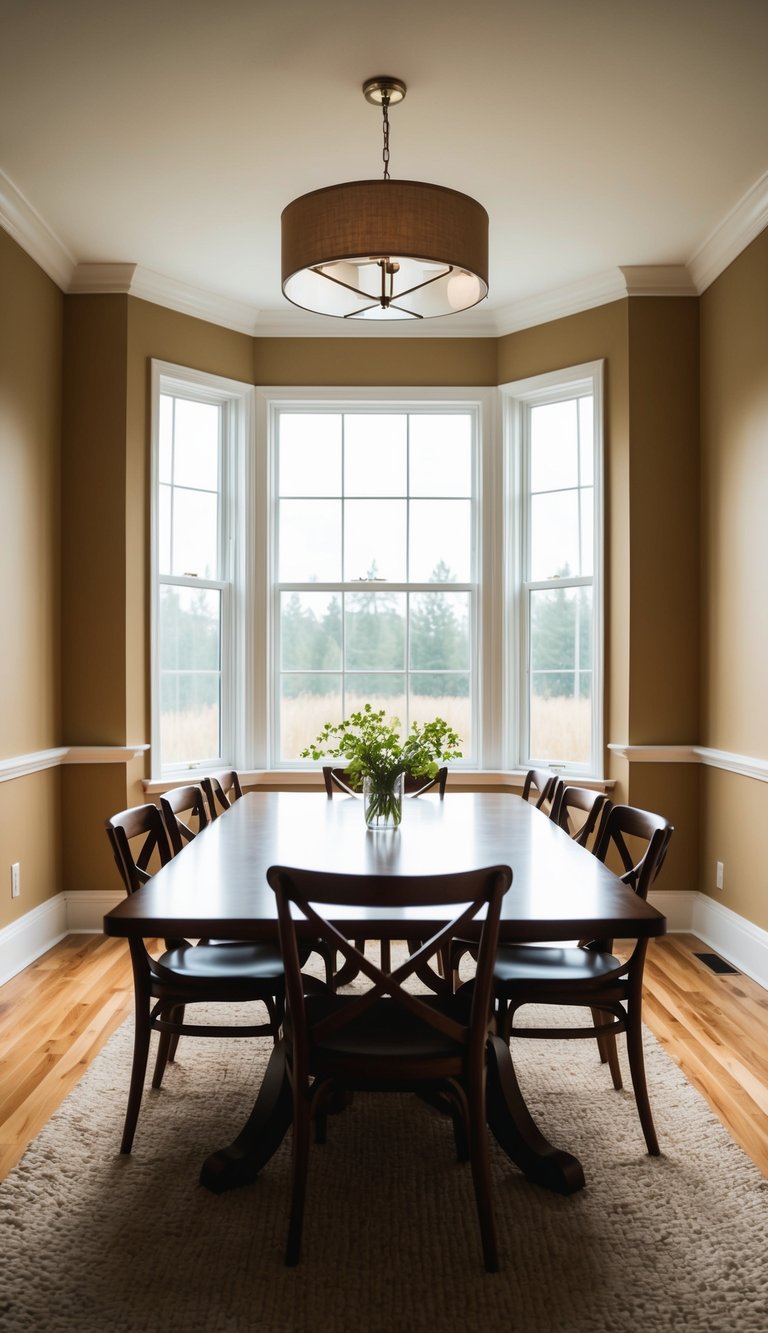
Taiga SW 9654 by Sherwin-Williams brings a deep gray neutral that adds classic drama to your dining space. This sophisticated shade works beautifully as a statement color that still maintains versatility with other design elements.
You can pair Taiga with off-white accents to create a tranquil atmosphere that feels modern yet timeless. The depth of this color makes your dining room feel more intimate and perfect for evening gatherings.
This shade belongs to Sherwin-Williams’ Rustic + Refined palette, which features a collection of neutrals designed to work harmoniously together. Consider combining Taiga with soft blues and greens to enhance its natural, earthy quality.
Taiga works well in both traditional and contemporary dining spaces. It provides enough color to make a statement without overwhelming the room or competing with your furniture and decor.
If you’re looking for a color that creates a sense of sophistication without being too dark, Taiga strikes that perfect balance. It’s especially striking when paired with natural wood tones and metallic accents.
4) Saguaro SW 6419

Saguaro SW 6419 by Sherwin-Williams brings a touch of natural elegance to your dining room. This unique shade combines green undertones with just the right hint of yellow, creating a warm and inviting atmosphere.
You’ll love how this seaweed green tone works with both modern and traditional dining spaces. The color resembles jade and olive tones, making it a sophisticated choice that stands out from typical dining room colors.
To make the most of Saguaro, pair it with warm wood accents. The natural greens complement wooden dining tables and chairs beautifully, creating a harmonious look.
Metallic finishes also work wonderfully with this color. Consider gold or brass light fixtures and hardware to add a touch of luxury to your Saguaro-painted dining room.
This versatile color works well on all walls or as an accent wall behind your dining table. You can also use it on built-in cabinets or a buffet to create visual interest without overwhelming the space.
For a cohesive look, pull in accessories that have similar green tones or complementary warm neutrals to balance the color scheme.
5) Sophisticated Neutrals from Sherwin-Williams

Looking for a timeless dining room color? Sherwin-Williams offers several sophisticated neutrals that create an elegant backdrop for your meals and gatherings.
City Loft (SW 7631) is a warm, light neutral that makes your dining space feel inviting without overwhelming your decor. It pairs beautifully with both modern and traditional furniture.
Agreeable Gray has become a favorite for good reason. This greige tone works in almost any lighting condition and complements most wood tones in dining tables and chairs.
For a cooler vibe, consider Drift of Mist. This soft, airy neutral creates a calm atmosphere perfect for lingering conversations over dinner.
Aleutian (SW 6241) offers a subtle blue-gray tone that adds just a hint of color while maintaining that neutral versatility you’re looking for.
Natural Linen provides warmth and depth without feeling too beige or yellow. It’s especially flattering in dining rooms with lots of wood elements.
These sophisticated neutrals work well because they provide a refined backdrop that lets your furniture and decor shine. They create a timeless foundation that you can easily update with accessories as trends change.
6) Behr’s Sage Advice
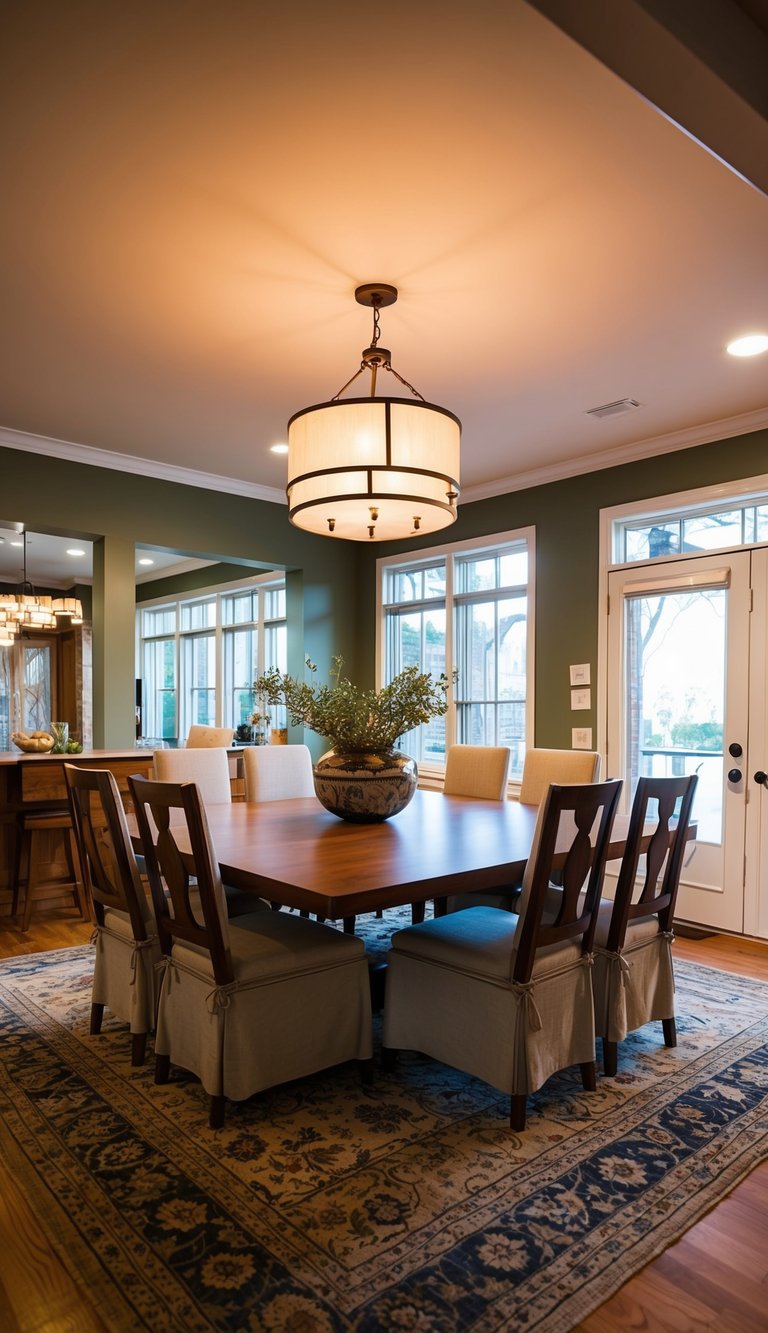
Looking for a soothing dining room color? Behr’s sage green paint options might be just what you need. These gentle green tones bring a natural, calming feeling to your dining space.
Behr’s Muted Sage is one popular choice that adds the peaceful essence of nature to your dining room. It’s a soft green that creates a relaxed atmosphere for meals and gatherings.
Sage green works well with many other colors. You can pair it with creams, soft violets, buttery yellows, or refreshing blues to complete your dining room palette.
If you’re not sure which shade is right, check out Behr’s dining room inspiration gallery. They make it easy to browse colors by family, mood, and other factors to find your perfect match.
Sage Gray is another option if you want something with a bit more gray undertone. It falls into the pastel category while still feeling current and on-trend.
These sage colors create a backdrop that’s interesting without overwhelming your space. They complement both modern and traditional dining furniture, making them versatile choices for any home style.
7) Benjamin Moore’s Timeless Blue

Looking for a classic blue that never goes out of style for your dining room? Benjamin Moore offers several timeless blue options that can transform your eating space into something special.
Van Courtland Blue (HC-145) is particularly noteworthy for dining rooms. This shade frames the space beautifully and creates a cozy yet sophisticated atmosphere where you and your guests will want to linger over meals.
Blue tones that lean slightly warm, like cerulean, teal, or aqua, can make your dining room feel inviting rather than cold. These warmer blues work especially well if your dining area gets limited natural light.
What’s great about Benjamin Moore’s blue collection is the versatility. You can go bold with a fully blue room or just add it to an accent wall behind your dining table for a more subtle approach.
Before committing, grab a sample and test it on your wall. Blue colors can look different depending on your lighting and the time of day. You want to make sure you love how it looks during your typical dining hours.
8) Red Accents for Boldness

Red is a powerful color that can transform your dining room into a vibrant space. You don’t need to paint all your walls red to make an impact – sometimes less is more.
Try using red as an accent wall behind your dining table. This creates a focal point that draws the eye and adds energy to the room. Pair it with neutral colors like soft grays, taupe, or creamy whites to keep the space balanced.
Red-orange tones can make a stunning statement in rooms with high ceilings. Consider adding bold red-orange patterns on curtains for a touch of drama without overwhelming the space.
For a more subtle approach, incorporate red through accessories. Think red dining chairs, artwork, or even a striking red chandelier. These pops of color add interest without committing to red walls.
Crimson red paint works beautifully in traditional dining spaces. It creates a warm, elegant atmosphere that’s perfect for dinner parties and family gatherings.
Remember that red stimulates appetite and conversation – ideal qualities for a dining room! Just be careful not to overdo it, as too much red can feel overwhelming.
9) Earthy Warmth with Rustic Reds

Rustic reds bring a cozy, earthy warmth to dining rooms that few other colors can match. These rich, clay-inspired hues create an inviting atmosphere where family and friends naturally want to gather and linger over meals.
Think of colors like brick red or sienna that have brown undertones. These shades feel grounded and natural, unlike brighter reds that can feel overwhelming in a dining space.
You can pair rustic reds with warm browns and crisp whites for a bold, luxurious feel. This combination works especially well in spaces with natural textures like wood beams or stone elements.
For a boho-inspired dining room, try blending your rustic red walls with natural materials. Woven chairs, wooden tables, and pottery decorations enhance the earthy vibe while keeping the space feeling balanced.
If painting all walls feels too intense, consider using rustic red as an accent wall behind your dining table. This creates a focal point while letting the color shine without dominating the entire room.
These warm tones look particularly stunning in evening light, creating a cozy glow during dinner parties and family gatherings.
10) Valspar’s Deep Blues

Deep blue paint colors from Valspar can transform your dining room into an elegant, cozy space. These rich hues create a perfect backdrop for memorable meals and conversations.
You might consider Valspar’s navy blues for a timeless look that works with many decorating styles. These darker shades pair beautifully with white trim and wood furniture for a classic contrast.
If you want something slightly lighter, Valspar offers medium blue tones that bring a calming energy to your dining space. These colors work well in rooms with plenty of natural light.
For smaller dining areas, you can use Valspar’s blue on just one accent wall. This gives you the dramatic color without making the room feel too dark or closed in.
Your dining chairs and table will stand out nicely against these blue backgrounds. Consider adding gold or brass accents through light fixtures or picture frames to complement the rich blue walls.
When choosing your perfect Valspar blue, remember to test a sample on your wall first. Colors can look different depending on your home’s lighting and other elements in the room.
Understanding Color Psychology
Colors do more than just look pretty on your walls. They can change how you feel and act in a space, especially in a room where you gather to share meals and conversation.
How Colors Affect Mood
When choosing dining room colors, consider how different hues make you feel. Warm colors like red, orange, and yellow create energy and stimulate appetite. That’s why many restaurants use these colors!
Red walls can make a dining space feel passionate and exciting. It’s perfect if you want to create a bold, energetic atmosphere for entertaining.
Blue and green tones have a calming effect. They might slow down eating, which could be good for mindful dining experiences.
Purple adds a touch of luxury and creativity to your dining space. It works well if you want your room to feel special or unique.
Yellow brings cheerfulness and can brighten up dark dining rooms. It’s especially good in spaces that don’t get much natural light.
Choosing the Right Paint Finish
The shine level of your paint affects both appearance and function in your dining room.
Matte or flat finishes hide wall imperfections but can be harder to clean. They create a sophisticated look but might not be ideal for homes with small children.
Eggshell and satin finishes offer a subtle sheen and good cleanability. They’re the most popular choices for dining rooms because they balance looks with practicality.
Semi-gloss or gloss makes walls easy to wipe down after messy meals. These finishes reflect more light, which can make your dining room feel more spacious and bright.
Consider the amount of traffic and use your dining room gets. For formal dining rooms used occasionally, a matte finish might work fine. For everyday family meals, opt for something more washable.
Tips for Selecting Paint Colors
Choosing the right paint color for your dining room can transform the space from ordinary to extraordinary. The color sets the mood and can make your meals more enjoyable.
Lighting Considerations
Natural light affects how paint colors look in your room. Colors appear different depending on the time of day and direction your windows face. North-facing rooms get cooler light, making warm colors look more muted.
Test paint samples at different times of day before committing. Put samples on multiple walls to see how light changes the appearance.
Don’t forget about artificial lighting too. Incandescent bulbs bring out warm tones while fluorescent lighting can make colors look cooler or harsher. LED lighting varies, so test your colors under the specific lights you use.
A good trick: paint a piece of poster board and move it around the room to see how the color looks in different spots and lighting conditions.
Coordinating with Furniture and Decor
Start by looking at what you already have. Pull colors from existing furniture, artwork, rugs, or dishes in your dining room. This creates a cohesive look.
For a foolproof approach, choose a color that’s already in your dining table, chairs, or sideboard. This ensures everything will work together.
Consider the mood you want. Bold colors like red or orange can energize conversation, while soft blues or greens create a calming atmosphere for leisurely meals.
The color wheel is your friend. Complementary colors (opposite on the wheel) create drama, while analogous colors (next to each other) create harmony. When in doubt, neutrals like greige, soft gray, or warm white are versatile options that let your furniture shine.
Mistakes to Avoid When Painting
Painting your dining room can be fun, but there are some common mistakes you should avoid. Not doing prep work is a big one! Many people skip this step and end up with messy results.
Not cleaning the walls before painting is another error. Dust and grime can prevent paint from sticking properly, leading to an uneven finish.
Color mistakes to watch out for:
- Using fast food colors (reds, oranges, yellows) in dining spaces
- Choosing colors based only on trends rather than what you love
- Not considering how the color looks in different lighting
Not buying enough paint is frustrating and can lead to color matching problems later. It’s better to have a little extra than not enough!
Using the wrong paintbrush can ruin your project. Different surfaces need different brushes for the best results.
Don’t forget about the ceiling and trim when planning your color scheme. These areas affect how the wall color looks in your space.
Skipping painter’s tape might seem like a time-saver, but it often leads to messy edges and touch-up work. Take the time to tape properly!
Trust your emotional response to colors. If a color makes you feel good, it’s probably right for your dining room, even if it’s not what everyone else is doing.

